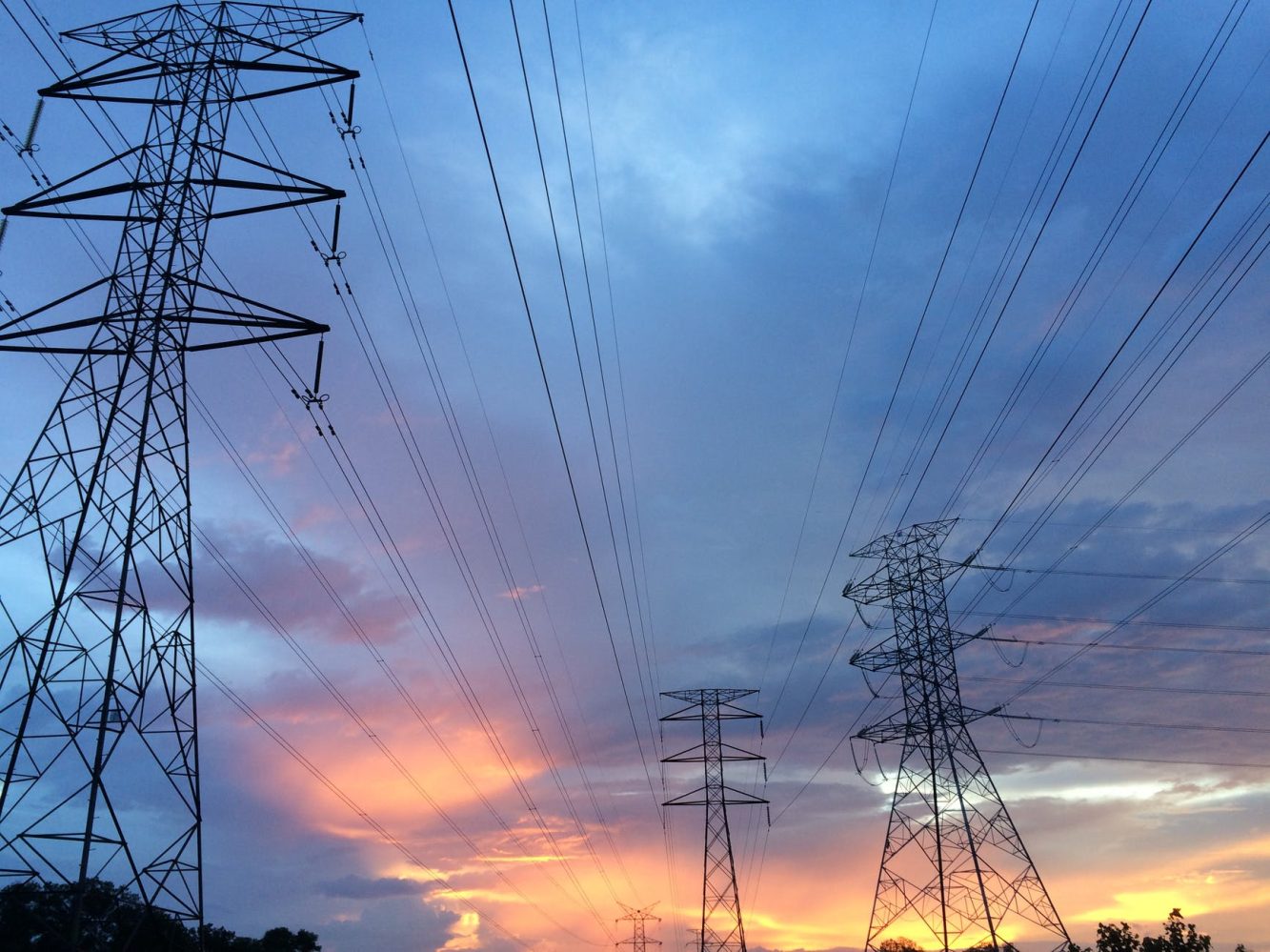
- As GM and other carmakers ramp up their electric vehicle plans, the US national grid needs a boost. Here’s how.
- US lawmakers who most vehemently oppose Biden’s energy plans receive the most money from the fossil fuel industry.
- UnderstandSolar is a free service that links you to top-rated solar installers in your region for personalized solar estimates. Tesla now offers price matching, so it’s important to shop for the best quotes. Click here to learn more and get your quotes. — *ad.
US national grid boost
Is the US national grid ready to handle the surge in electric vehicles? It’s doable, but it’s going to take a really clear and well executed plan. The New York Times pointed out four key actions that need to occur, and we summarize them here:
Build more charging stations: President Joe Biden has set a goal of building 500,000 new public chargers by 2030. This is going to require public spending and government coordination. Further, it’s easier for people in single-family homes to install EV chargers, even though it costs a couple thousand dollars (incentives would help), but not so much for those who park their cars on the street.
One recent study from the Massachusetts Institute of Technology used detailed modeling to see where it might make most sense to build all this infrastructure. New chargers on residential streets, as well as high-speed charging stations along highways, would go a long way to supporting an electric-vehicle boom.
Further, as Electrek reported earlier this week, Electrify America just installed 30 solar EV charging stations in rural California that are free for customers. How about more of those, please?
Generate more electricity: Utilities will probably need to build a lot of new power plants and upgrade their transmission networks. That’s going to take careful planning.
In 2018, researchers at the University of Texas at Austin’s Energy Institute looked at what a shift to electric vehicles would mean for the power grid in every state. While Americans would likely pay more for electricity as utilities made necessary upgrades, that would be offset by fuel savings from not having to buy gasoline anymore.
Stagger charging times: If everyone plugs in at once, it may put strain on the national grid. So if utilities offer cheaper rates during off-peak hours, then they’ll be better able to handle the demand. Southern California Edison does this already, offering cheaper rates during the day when there is plenty of solar power.
A 2019 study by Boston Consulting Group concluded that utilities could reduce by 70% the costs of grid upgrades over the next decade by shifting to “optimized” charging.
Create a cleaner grid: Transport makes up one-third of the US’ emissions a year. EVs help, but it’s a bit ridiculous to be plugging into a grid ultimately powered by fossil fuels. So utilities need to get off the fossil fuels and onto renewables to truly make the transport clean.
One recent study by Carnegie Mellon University found that if America’s grid was close to emissions-free, and if about 84% of all vehicle travel was electrified, transportation emissions from light-duty vehicles would fall by 90%.
Big oil money = anti-drilling stance
Nonprofit, consumer rights advocacy group, and think tank Public Citizen released a study this week called “Big Oil’s Capitol Hill Allies: Oil-Funded Lawmakers Resist Biden’s Energy and Climate Plans.” It’s a report that should surprise absolutely no one.
US lawmakers who most vehemently oppose Biden’s energy plans receive the most money from the fossil fuel industry.
On January 26, the Department of the Interior imposed a 60-day moratorium on oil and gas leasing, drilling permits, and lease extensions on federal land. On January 27, 29 Republican members of the 70-member Congressional Western Caucus condemned Biden’s expansion of the moratorium in a statement.
Public Citizen analyzed campaign finance data for those 29 lawmakers in the Congressional Western Caucus, a bipartisan caucus within the US House of Representatives that refers to themselves as “the voice of the West.”
The analysis of data from the Center for Responsive Politics shows these 29 members received a combined $13.4 million over their careers from fossil fuel interests and $23.6 million from energy and natural resources interests.
Ironically, because Big Oil companies have stockpiled permits, the pause may not even make that great of an impact. Further, the market is going to ultimately kill fossil fuel demand as renewables and EV demand grows. So their statement is political posturing.
Here’s an example:
House Minority Leader Kevin McCarthy (R-CA) called President Biden’s executive order “a political stunt crafted to pacify the radical, left-wing of his party [that] will cause overwhelming devastation to California’s energy industry, potentially jeopardizing more than 360,000 oil and natural gas-related jobs.”
Guess who has had the most contributions from career fossil fuels/natural resources? McCarthy. $2,097,961 from oil and gas, and $3,831,688 from energy and natural resources. McCarthy’s district is a major hub of oil drilling. McCarthy’s top donors over his career include Chevron and Occidental Petroleum, according to the Center for Responsive Politics.
Steve Scalise (R-LA), the second-ranking House Republican – and energy and commerce minority whip – represents much of the New Orleans area, a major area for offshore oil drilling. And he comes in second for fossil-fuel contributions.
Kinda interesting how the first and second-ranked House Republicans also get the most money from fossil fuels.
To see the full list of who gets what in that list of 29, it’s here. It’s always about the money, folks.
And to reiterate Electrek‘s stance on politics, in case it isn’t clear by now, it’s pretty cut and dried: We support green energy and electric vehicles.
Photo: Pok Rie/Pexels.com
FTC: We use income earning auto affiliate links. More.



Comments